Here is my 2014 review of H&R Block Online DIY tax preparation software, to complement my TurboTax 2014 review and TaxACT 2014 review. I filed my personal tax return using each of the “Big 3” and I will try to share the overall experience along with their specific strengths and weaknesses.
Price
H&R Block Online comes in Free, Basic, Deluxe, and Premium tiers. Due to having stock sales but no self-employment deductions, I am going with H&R Block Deluxe Online which costs $29.99 for Federal and $36.99 for State (free state options may be available separately). I am reviewing the more popular online software, not the desktop download software which may be different both in user experience and price.
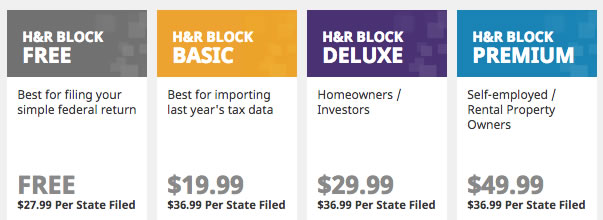
Tax Situation
Here’s a quick summary of our personal tax situation.
- Married filing jointly, subject to state income tax
- Both with W-2 income, as well as some simple 1099-MISC forms.
- Interest income and dividend income from bank accounts, stocks, and bonds (Schedule B).
- Contribute to retirement accounts (401ks and IRAs).
- Capital gains and losses from brokerage accounts (Schedule D).
- Itemized deductions (Schedule A), including property taxes and charitable giving.
User Interface and User Experience
In terms of overall visual feel, the 2014 user interface is clean and pleasant. If I was comparing with TurboTax and TaxACT, I would say H&R Block is a little less pleasing than TurboTax and a little more pleasing than TaxACT. All of them are perfectly acceptable, but that is my personal ranking. See screenshots throughout this review.
In terms of user experience, H&R Block also uses a question-and-answer format like other tax prep software, but I actually think they have the best layout for intermediate to advanced users (i.e. you’ve done your taxes online before). Before each major section (Income, Deductions, Credits), it present a long checklist of potential items to enter in. You just tick off the ones you need, instead of repeatedly reading a new screen for each little thing and clicking Yes, No, No, No, Yes, No, etc. It know it may sound insignificant, but it really does speed things up with everything on one screen. Here are partial screenshots to help explain:
Importing Data From Previous Years
You can pull up all of your old tax information for free from any of the Big 3 providers (H&R Block, TurboTax, TaxACT) as long as you are using Basic, Deluxe, or Premium (no Free). You may need to have the information downloaded in PDF format. You’ll get filing status, dependents, address, DOB, SSN, etc.
Importing W-2 and 1099 Forms Directly From Providers
Similar to TurboTax, H&R Block also automatically imports many W-2 and 1099 forms. You can pull up W-2 data using your employer’s tax ID number (EIN). My data point: the same W-2 that TurboTax imported, H&R Block did successfully as well (TaxAct could not).
H&R Block does not appear to publish a list of all their 1099 import partners, but I would say it is a little smaller than TurboTax and much more than the 6 partners that TaxACT supports. You just start typing the name and it tries to autocomplete if available:
Here is a partial sampling of eligible financial institutions:
- ADP Retirement Services
- Alliant Credit Union
- Ally Bank
- Ameriprise Financial
- Bank of America
- Betterment
- Charles Schwab
- Chase Bank
- Citibank
- Discover Bank
- E*Trade
- Edward Jones
- Fidelity
- Gainskeeper
- Interactive Brokers
- Merrill Lynch
- Navy Federal Credit Union
- Pentagon Federal Credit Union
- Scottrade
- Sharebuilder
- T Rowe Price
- TD Ameritrade
- TIAA-CREF
- TradeKing
- USAA, USAA Federal Savings Bank
- Vanguard Brokerage, Mutual Funds
- Wells Fargo Bank, Advisors
I’m a fan of automatic import because it both saves time and reduces data entry errors. I did have a couple of hiccups with the import, however. I suspect that the problem is the same as I had with TurboTax – that the file is not ready for electronic import yet even though it is available in physical form. Some patience may be in order?
The Small Stuff
- When entering charitable donations of physical goods, H&R Block did not provide any assistance as to valuing the object. (TurboTax and TaxACT did.)
- When entering my 1099-MISC information, H&R Block quickly allowed me to indicate that it was not a business and instead a one-time event. That saved me from answering a lot of unnecessary questions.
- Starting in the 2014 tax year, you’ll have to have health insurance or else pay a penalty. I indicated to H&R Block that I had employer-provided coverage for the entire year, and it did not ask for further proof or documentation.
Upselling and Price Change Tricks?
I was not presented with any upsell attempts to their Premium tier and there were no price change shenanigans, which was nice. They also had no need to offer me $40 “audit protection” because it is already included in the price. H&R Block’s “Free In-person Audit Support” is definitely a differentiating factor for the audit-fearing folks out there. In the unlikely event of an audit, an H&R Block Enrolled Agent will help you communicate with the IRS, prepare for the audit, and will attend the audit with you (though they do not provide legal representation).
The only upsell was for their “Best of Both” package, which for $50 lets you have an H&R Block human discuss and review your return with you:
H&R Block also keeps your past returns for up to 6 years for free, so there is no option to pay more for “data archiving”. Seriously, how much space on a hard drive could it possibly take?
TL;DR Recap
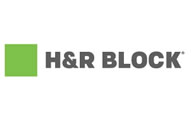 H&R Block did my taxes properly and covered the same topics as their competitors. I actually liked H&R Block’s Q&A format a little better than either TurboTax or TaxACT, assuming you have done your taxes online at least once or twice before; it may save you some time.
H&R Block did my taxes properly and covered the same topics as their competitors. I actually liked H&R Block’s Q&A format a little better than either TurboTax or TaxACT, assuming you have done your taxes online at least once or twice before; it may save you some time.
I would say that H&R Block Deluxe’s value proposition is this: it offers most of the added import conveniences of the similar TurboTax Premium, all at a fraction of the cost ($30 vs. $55 Federal, both $37 State). If you have a lot of stock sales from a specific broker, sign up for a account (they are all free to try; you only pay when you file) and go straight to the 1099 section to see if the H&R Block supports it. H&R Block also offers free in-person audit support, which costs $45 from TurboTax and $40 from TaxACT.
Bottom line: H&R Block Online offers most of the time-saving features of TurboTax for a lower price ($30 vs. $55 Federal, both $37 State), plus it includes free audit support which costs $40+ with other services.
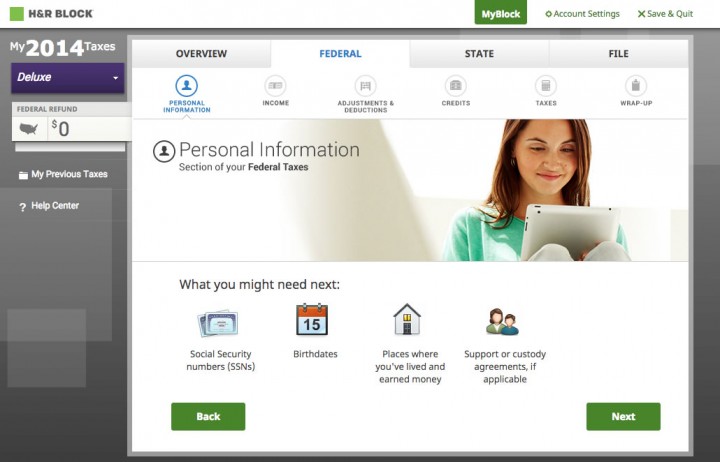
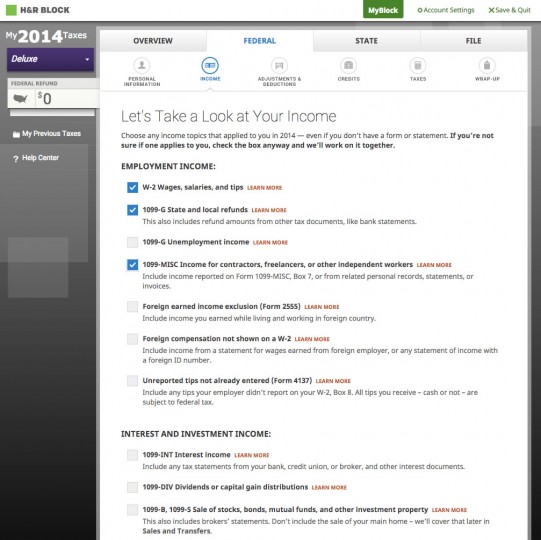
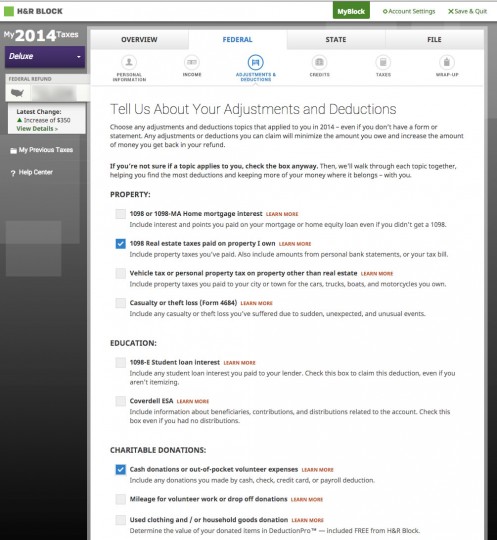
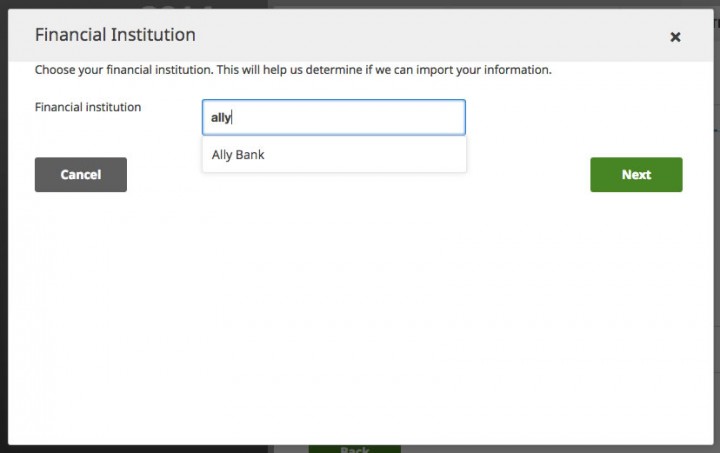
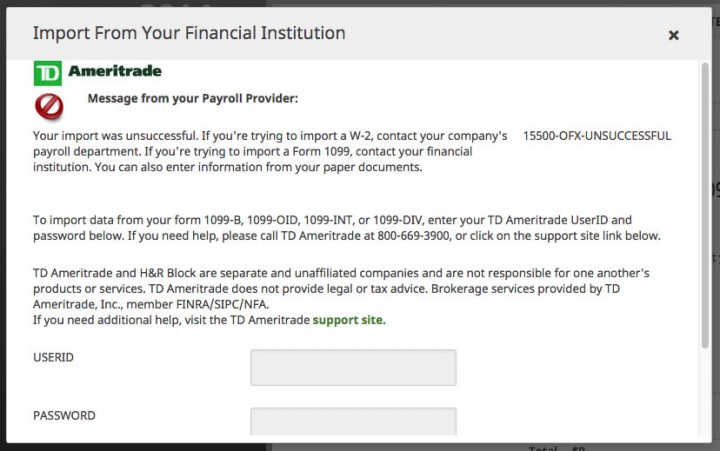
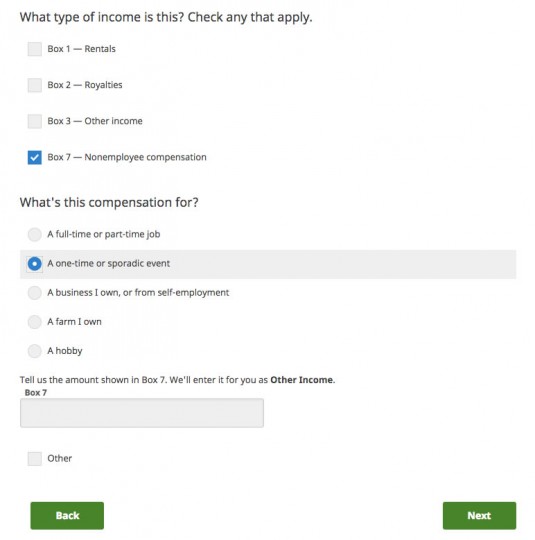
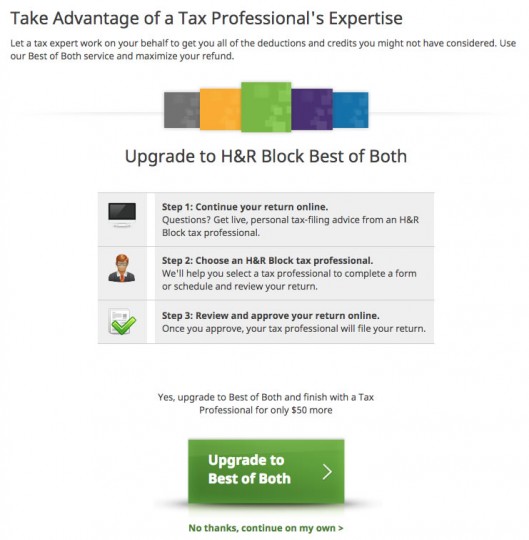
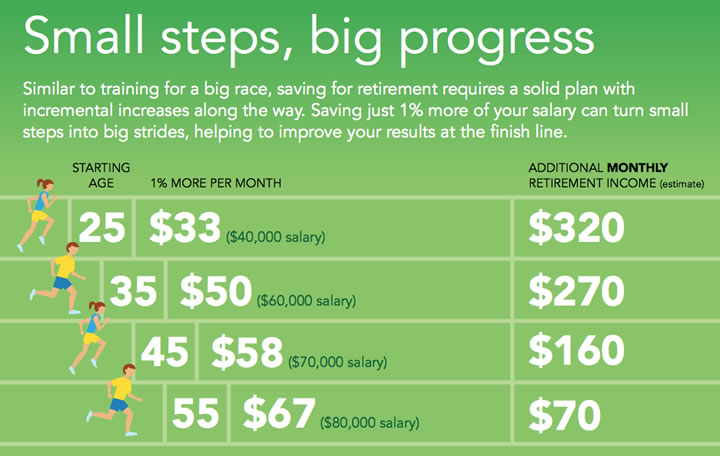
 The sales pitch for American Express has always been that their cardholders are wealthy and thus big spenders, which in turn justifies their above-average transaction fees charged to merchants. The theory is a merchant won’t mind paying more in fees if it is offset by higher average receipts (and thus profits). This is why Tiffany & Co takes AmEx and my favorite Indian food truck does not.
The sales pitch for American Express has always been that their cardholders are wealthy and thus big spenders, which in turn justifies their above-average transaction fees charged to merchants. The theory is a merchant won’t mind paying more in fees if it is offset by higher average receipts (and thus profits). This is why Tiffany & Co takes AmEx and my favorite Indian food truck does not. 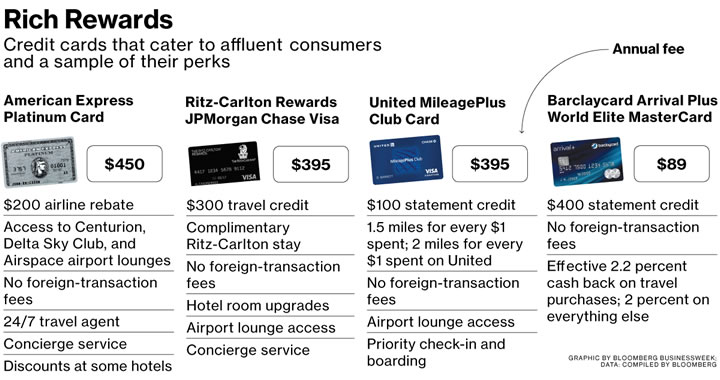
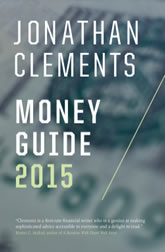
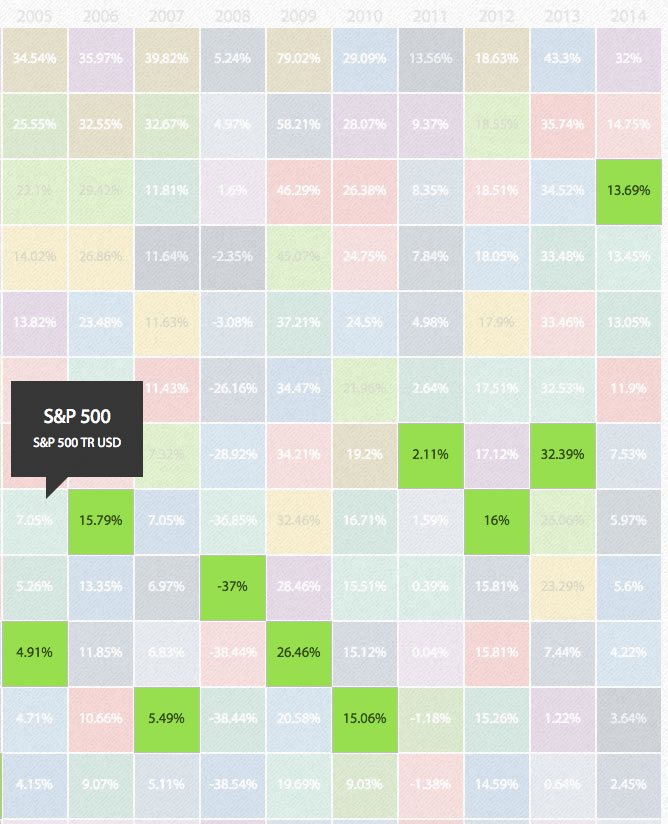
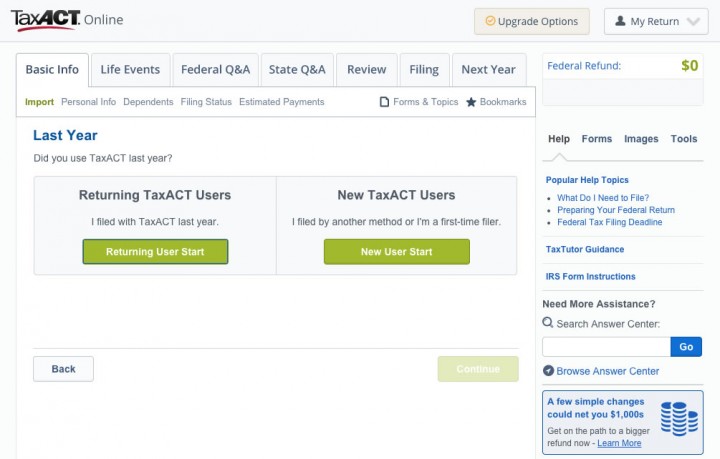

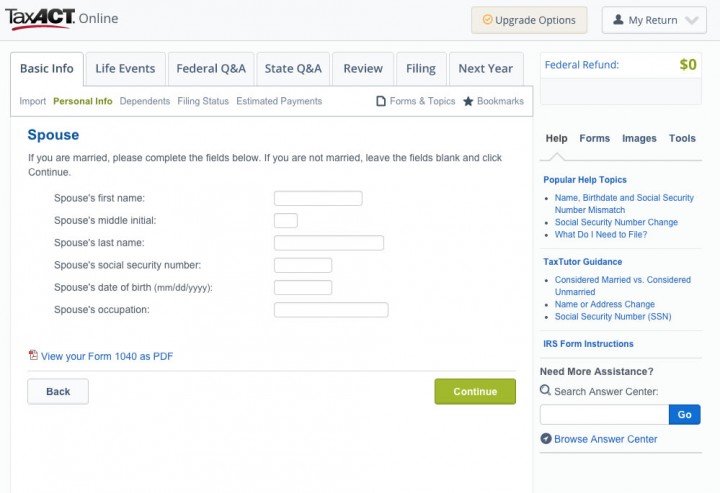
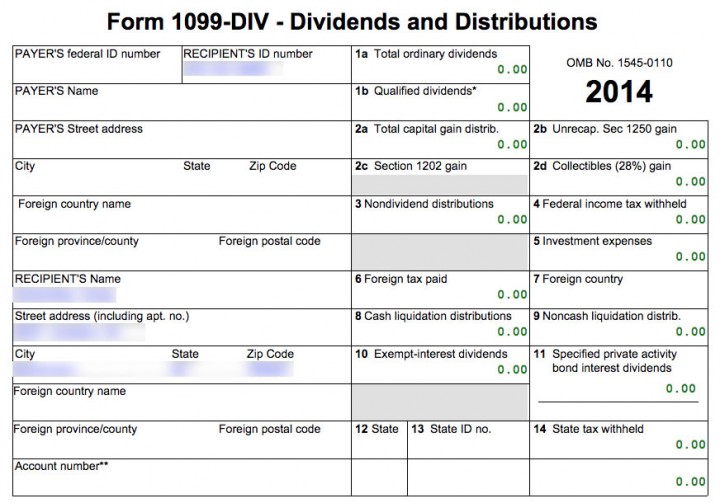
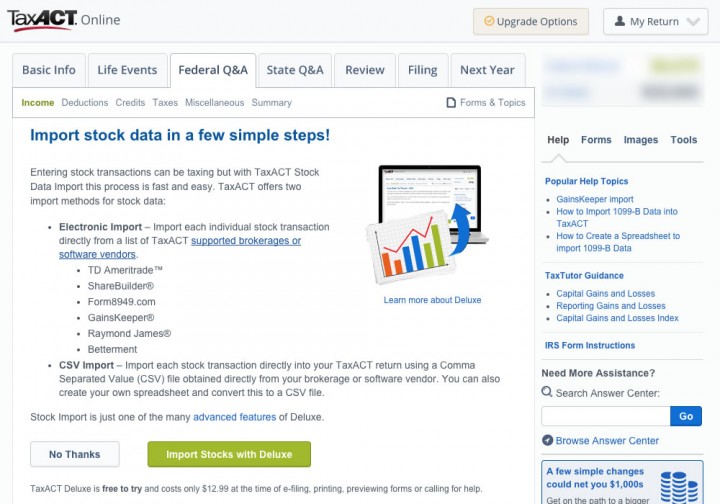

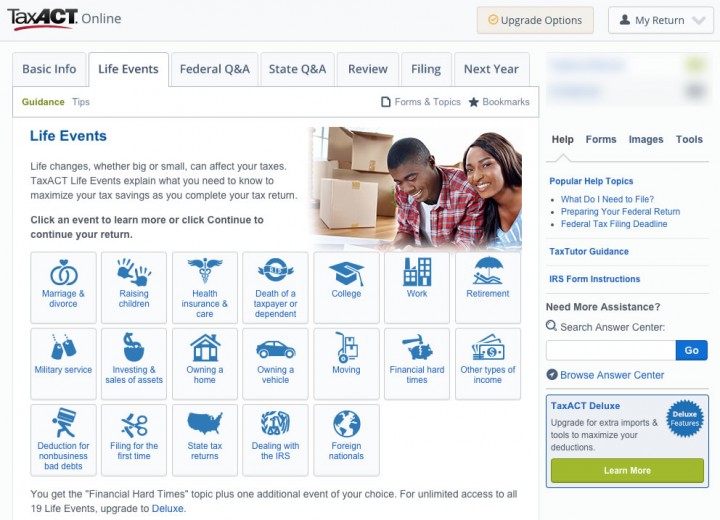
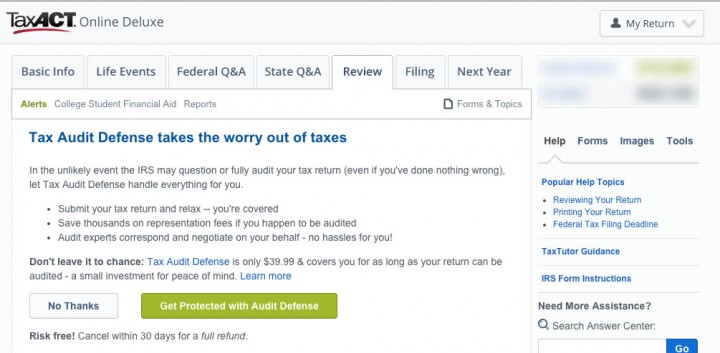
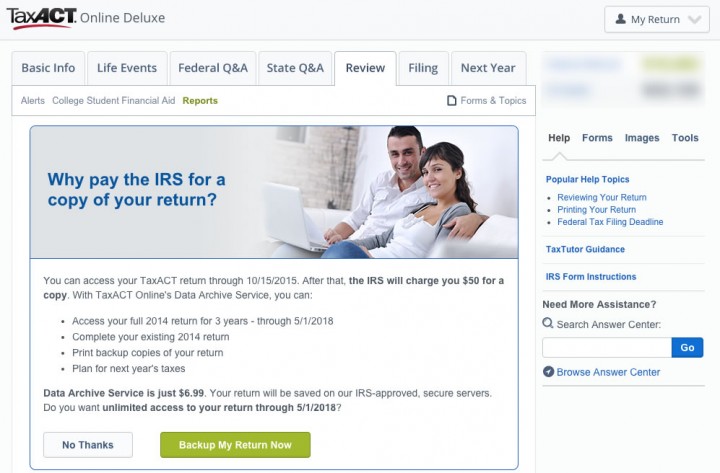

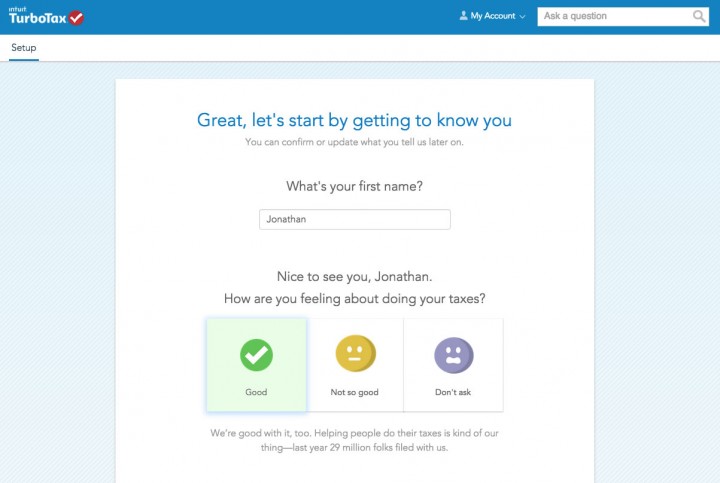
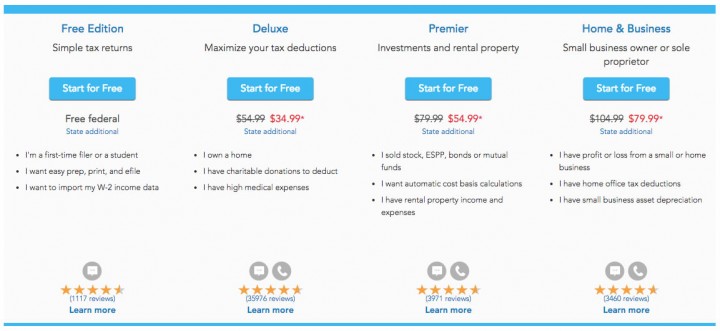
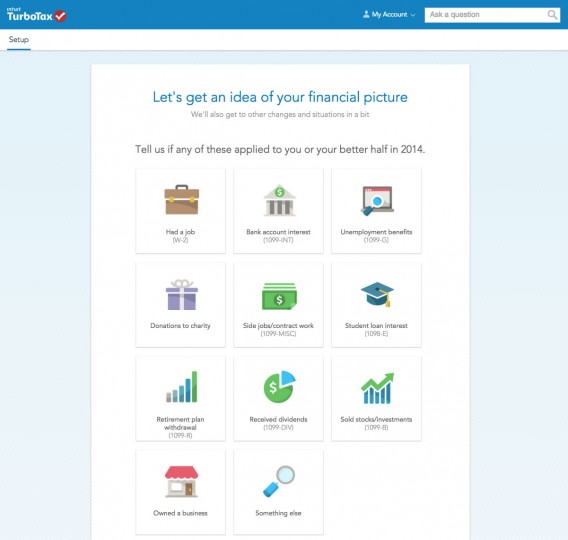
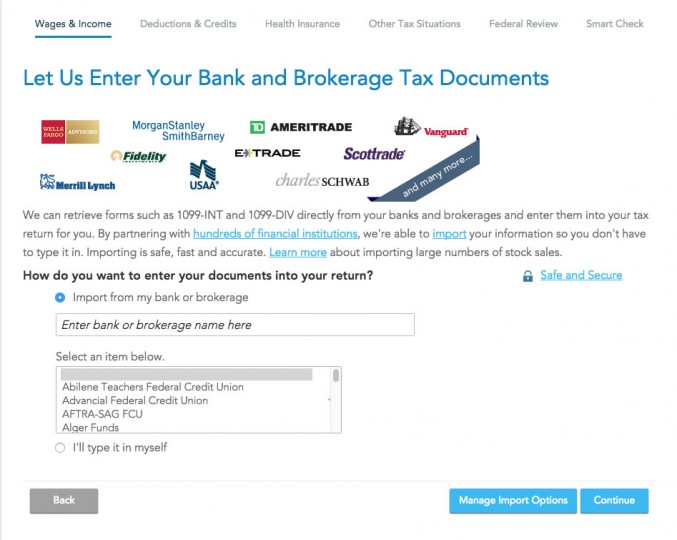
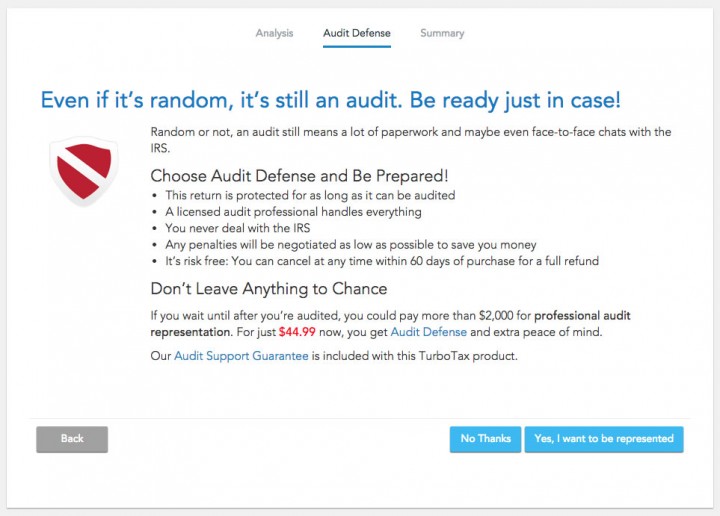

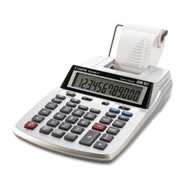 Dividend distributions from mutual funds and ETFs are either qualified or non-qualified, and the difference could have you paying double the taxes. Qualified dividends are taxed at the lower long-term capital gains rate, which varies from 0% to 20%. Non-qualified dividends are taxed at ordinary income rates, which can be as high as 39.6%. Even though they all show up as “dividends” in your account, their classification can make a big difference in your final after-tax performance.
Dividend distributions from mutual funds and ETFs are either qualified or non-qualified, and the difference could have you paying double the taxes. Qualified dividends are taxed at the lower long-term capital gains rate, which varies from 0% to 20%. Non-qualified dividends are taxed at ordinary income rates, which can be as high as 39.6%. Even though they all show up as “dividends” in your account, their classification can make a big difference in your final after-tax performance.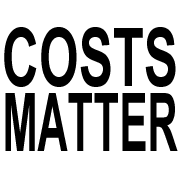 The purpose of
The purpose of 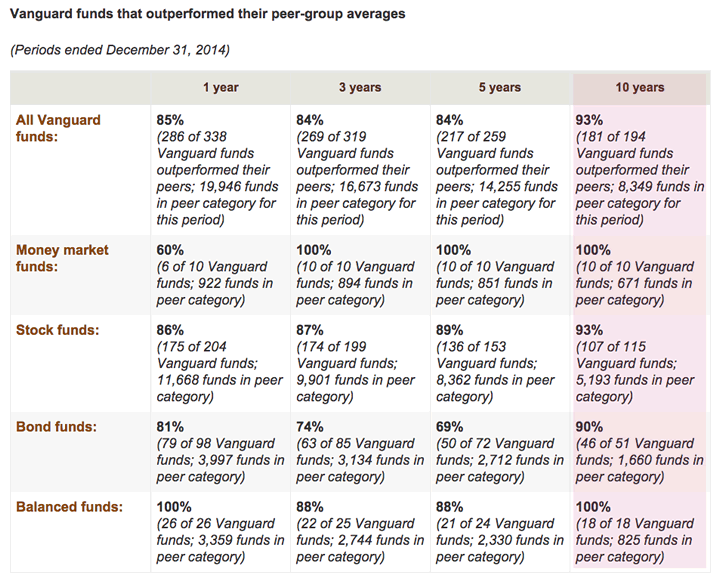
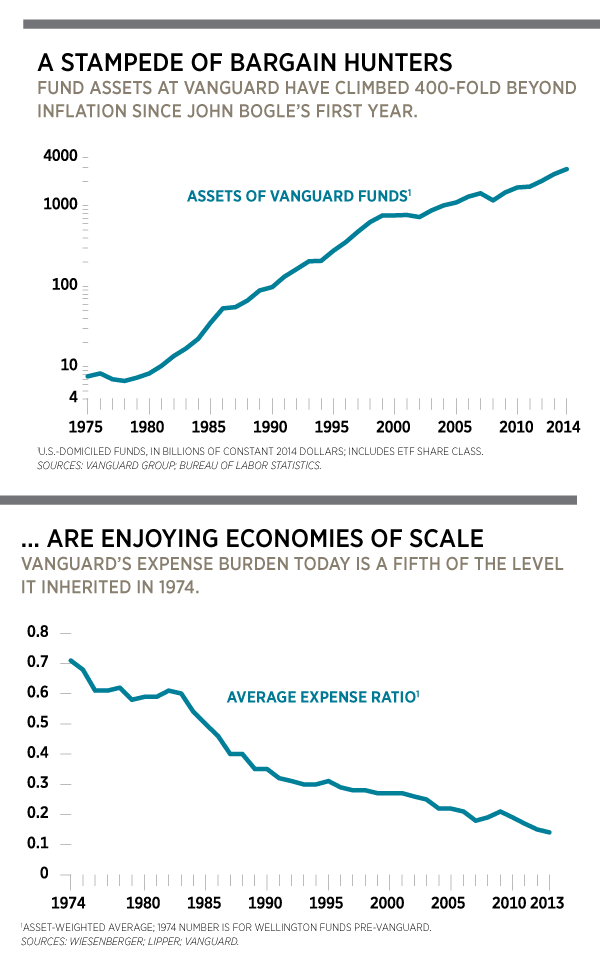
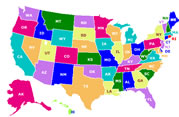 I’m getting ready to put down a decent chunk of money into a 529 college savings plan, which means lots of research as there are a lot of options and nuances. A general plan for those without strong investment preferences would be to go with one of the age-based portfolios from a
I’m getting ready to put down a decent chunk of money into a 529 college savings plan, which means lots of research as there are a lot of options and nuances. A general plan for those without strong investment preferences would be to go with one of the age-based portfolios from a 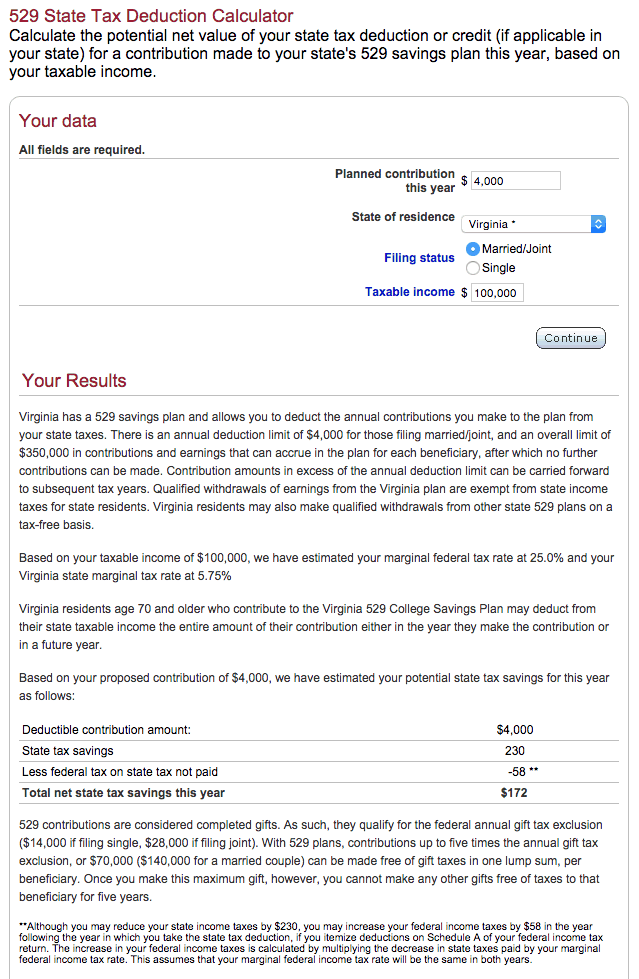
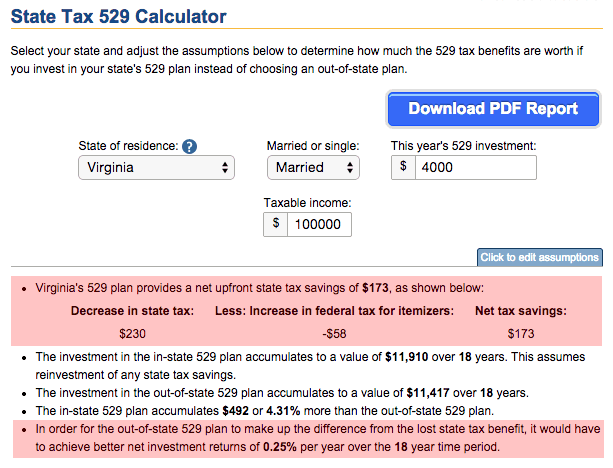
 The Best Credit Card Bonus Offers – March 2024
The Best Credit Card Bonus Offers – March 2024 Big List of Free Stocks from Brokerage Apps
Big List of Free Stocks from Brokerage Apps Best Interest Rates on Cash - March 2024
Best Interest Rates on Cash - March 2024 Free Credit Scores x 3 + Free Credit Monitoring
Free Credit Scores x 3 + Free Credit Monitoring Best No Fee 0% APR Balance Transfer Offers
Best No Fee 0% APR Balance Transfer Offers Little-Known Cellular Data Plans That Can Save Big Money
Little-Known Cellular Data Plans That Can Save Big Money How To Haggle Your Cable or Direct TV Bill
How To Haggle Your Cable or Direct TV Bill Big List of Free Consumer Data Reports (Credit, Rent, Work)
Big List of Free Consumer Data Reports (Credit, Rent, Work)